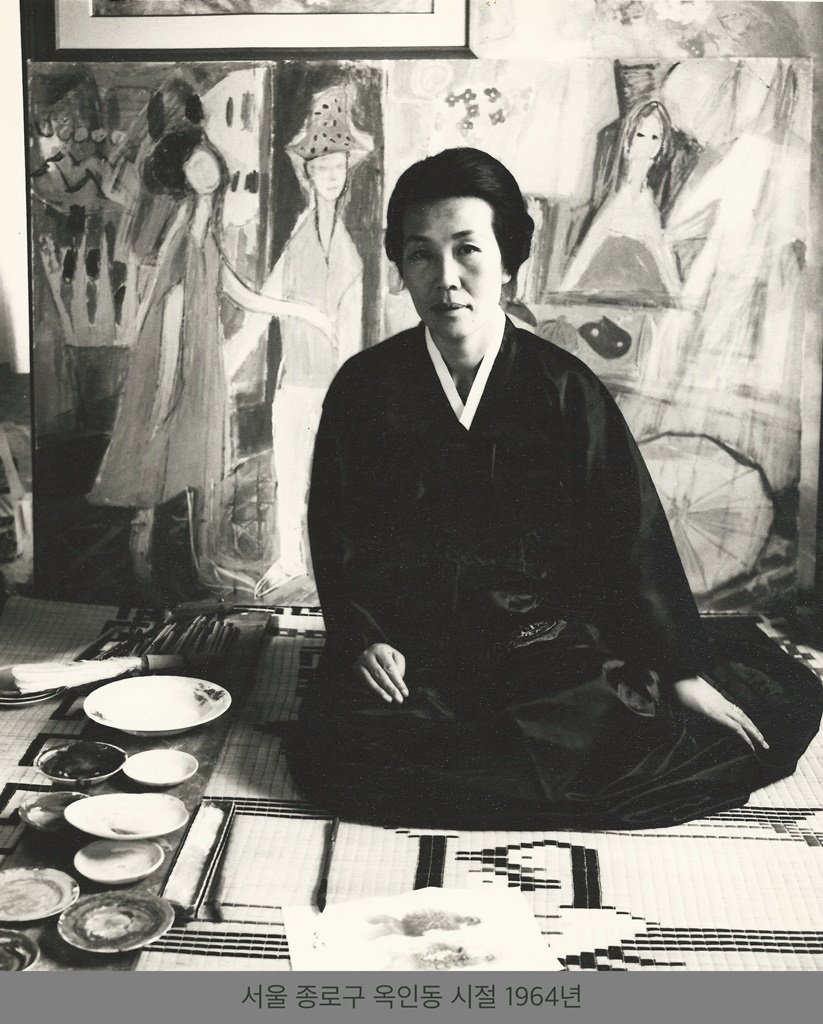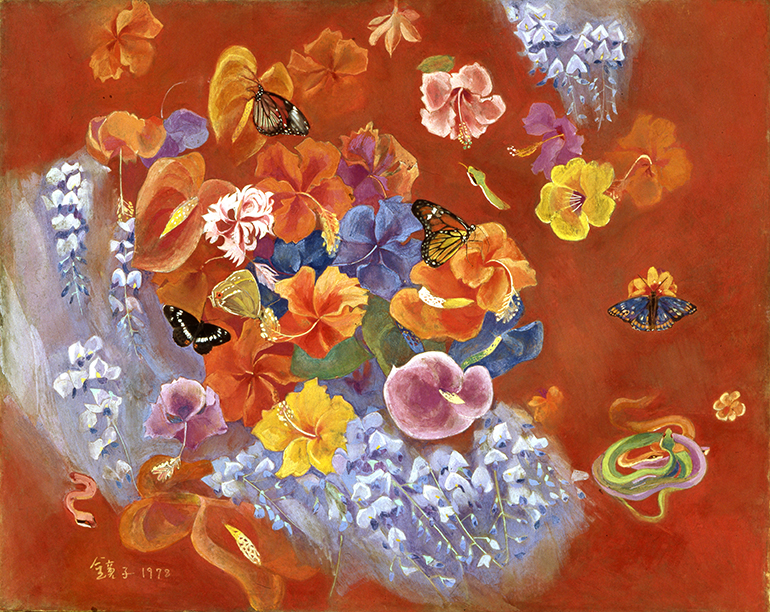
Chun Kyung-Ja (1924-2015) is the most prominent female artist of Korean modern and contemporary art history.
The Chun Kyung-Ja Foundation was established by the artist’s daughter Sumita Kim in the United States for the purpose of extending the artist’s legacy internationally and to introduce her work to a wider audience.

아열대 II [Subtropical II], 1978, Oriental pigment on mulberry paper, 73 x 91 cm
